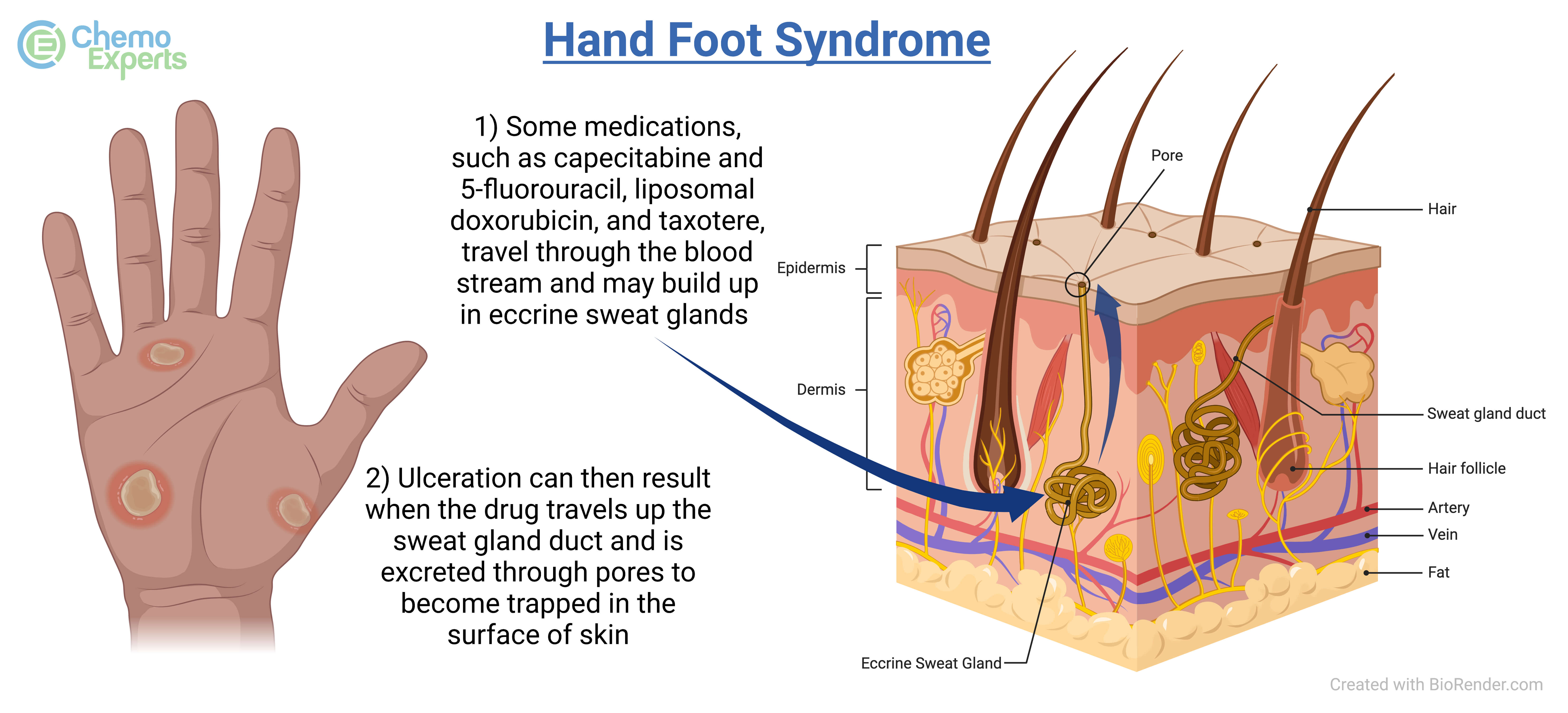Unveiling the Complexities of Excessive Sweating: A Comprehensive Guide to Medical Diagnosis and Administration
Too much sweating, medically known as hyperhidrosis, is a condition that influences a considerable number of people and can have a profound influence on their high quality of life. While sweating is a natural physical feature, its overactivity in hyperhidrosis offers an one-of-a-kind set of obstacles that commonly go beyond plain discomfort.

Understanding Hyperhidrosis Causes
Hyperhidrosis creates can be associated to numerous variables such as genes, hormone inequalities, and specific medical problems. Genetics play a considerable function in main focal hyperhidrosis, where individuals inherit the problem from their relative. This sort of hyperhidrosis commonly shows up in certain locations like the palms, soles of the feet, underarms, and face. Hormonal discrepancies, specifically an over active thyroid gland or menopausal changes, can additionally trigger too much sweating. Furthermore, particular clinical problems such as diabetic issues, heart problem, and infections can cause additional generalized hyperhidrosis. These underlying wellness problems can disrupt the body's all-natural air conditioning system, creating the gland to end up being overactive. Understanding the origin causes of hyperhidrosis is important in diagnosing and efficiently handling this problem. By recognizing the details aspects contributing to too much sweating, health care service providers can tailor therapy strategies to resolve the underlying reason, using relief and improving the quality of life for people affected by hyperhidrosis.
Identifying Hyperhidrosis Symptoms

Moreover, hyperhidrosis symptoms might materialize in social and psychological distress, as individuals might really feel ashamed or anxious about their sweating, bring about evasion of social circumstances (Exessive Sweating). Additionally, duplicated episodes of extreme sweating can result in skin maceration, fungal infections, and a total reduction in self-confidence
Diagnostic Process for Hyperhidrosis
Launching the diagnostic procedure for extreme sweating includes extensive evaluation of the person's medical history and physical exam. Asking about the start, duration, and triggers of sweating episodes is vital to separate between main focal hyperhidrosis and secondary generalised hyperhidrosis. Case history must also consist of concerns regarding drugs, clinical conditions, and household background of hyperhidrosis.
During the checkup, particular interest is paid to the areas impacted by sweating. The doctor might assess the level of sweating, check for indications of underlying problems, and evaluate the effect of sweating on the person's lifestyle. Furthermore, specific examinations like the gravimetric test, starch-iodine test, or skin conductance measurements might be performed to quantify the amount of sweat created.
Moreover, in instances where second hyperhidrosis is believed, additional examinations such as blood examinations, pee examinations, and imaging researches might be advised to recognize the underlying root cause of too much sweating. The analysis procedure intends to check out this site accurately identify the type and reason for hyperhidrosis to guide appropriate management strategies.
Treatment Alternatives for Hyperhidrosis
When addressing excessive sweating, numerous therapy choices are offered to minimize symptoms and improve the person's top quality of life. The therapy method for hyperhidrosis depends on the severity of signs and symptoms and the person's feedback to preliminary therapies.
Topical treatments, such as i loved this aluminum-based antiperspirants, are often advised as the very first line of defense for managing light situations of hyperhidrosis. These products function by plugging the sweat air ducts, therefore decreasing the quantity of sweat that gets to the skin's surface. For people with a lot more severe signs and symptoms, oral drugs like anticholinergics may be prescribed to aid decrease sweating. These medications can have side results and are not suitable for everyone.

Effective Monitoring Approaches
To efficiently manage hyperhidrosis, a personalized and detailed treatment plan tailored to the client's particular needs and reaction to previous treatments is crucial. This strategy might incorporate a mix of restorative techniques, consisting of way of living alterations, topical therapies, oral medications, botulinum toxin shots, iontophoresis, and in extreme instances, surgical interventions like gland elimination or sympathectomy. Way of life modifications such as wearing moisture-wicking apparel, making use of antiperspirants, and practicing stress-reducing techniques can enhance clinical interventions. Topical antiperspirants containing light weight aluminum chloride are commonly the first-line treatment, with stronger solutions offered for resistant situations. Oral drugs like anticholinergics may be prescribed for generalised hyperhidrosis. Botulinum toxic substance injections work for focal hyperhidrosis, offering temporary alleviation by blocking the launch of acetylcholine. Iontophoresis, including the use of a reduced electrical present to decrease gland activity, can be beneficial for both palmoplantar and axillary hyperhidrosis. Surgical alternatives are generally booked for serious, refractory instances and need mindful consideration of advantages and risks. A multidisciplinary technique involving skin doctors, primary treatment physicians, and, if needed, surgeons, can enhance the management of hyperhidrosis.
Conclusion
In final thought, hyperhidrosis is a condition characterized by excessive sweating, which can greatly impact a person's top quality of life. With appropriate diagnosis and management strategies, individuals enduring from hyperhidrosis can locate relief and improve their overall health.
Extreme sweating, medically known as hyperhidrosis, is a condition that visite site influences a considerable number of individuals and can have a profound impact on their quality of life. By recognizing the details aspects contributing to excessive sweating, medical care carriers can customize treatment strategies to deal with the underlying cause, supplying relief and improving the high quality of life for individuals influenced by hyperhidrosis.
Hyperhidrosis, defined by excessive sweating past what is required for regulating body temperature level, can considerably impact a person's quality of life. Making inquiries regarding the start, duration, and causes of sweating episodes is vital to differentiate in between primary focal hyperhidrosis and additional generalized hyperhidrosis. Treatment for hyperhydrosis of hands.In conclusion, hyperhidrosis is a problem identified by extreme sweating, which can substantially affect a person's quality of life